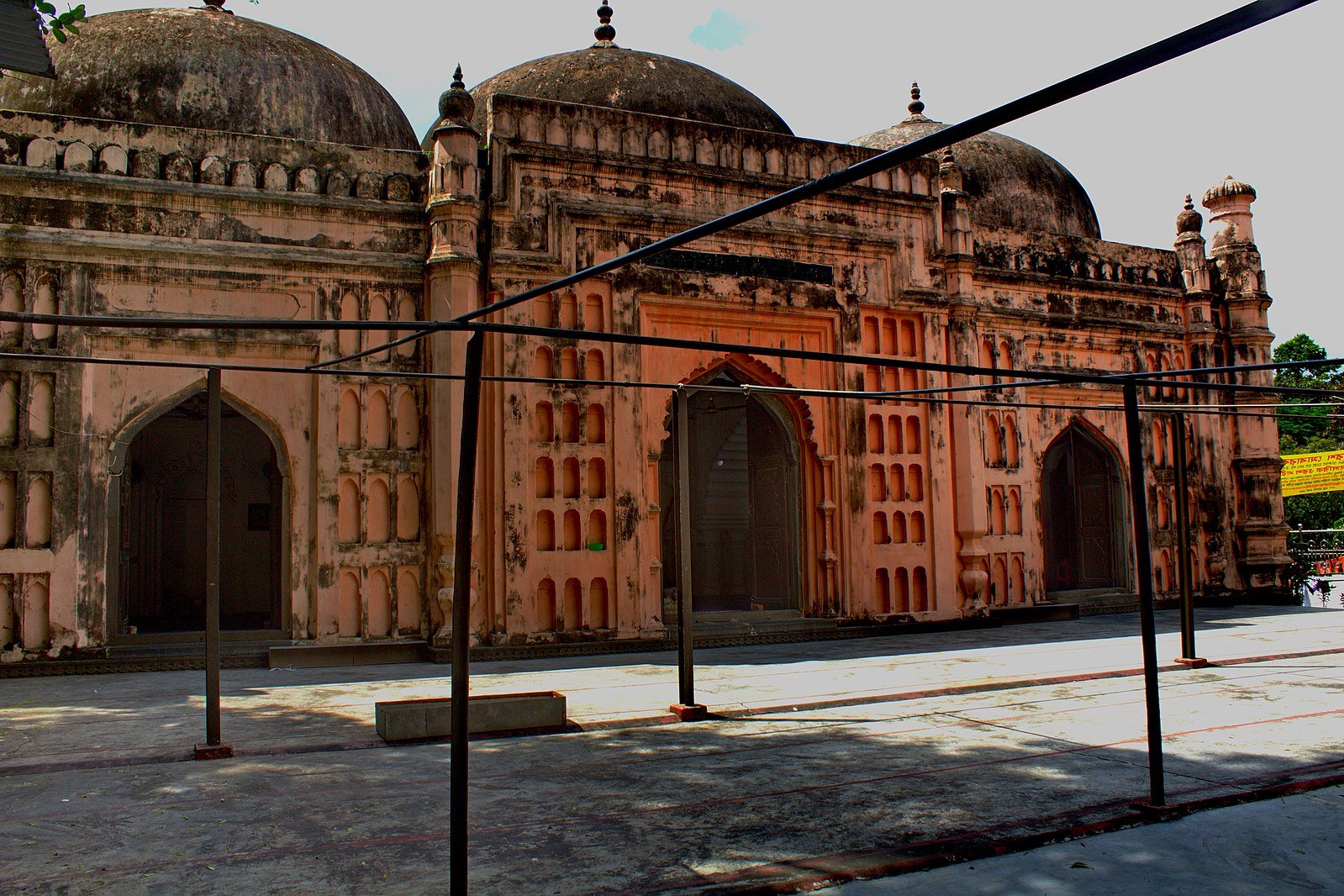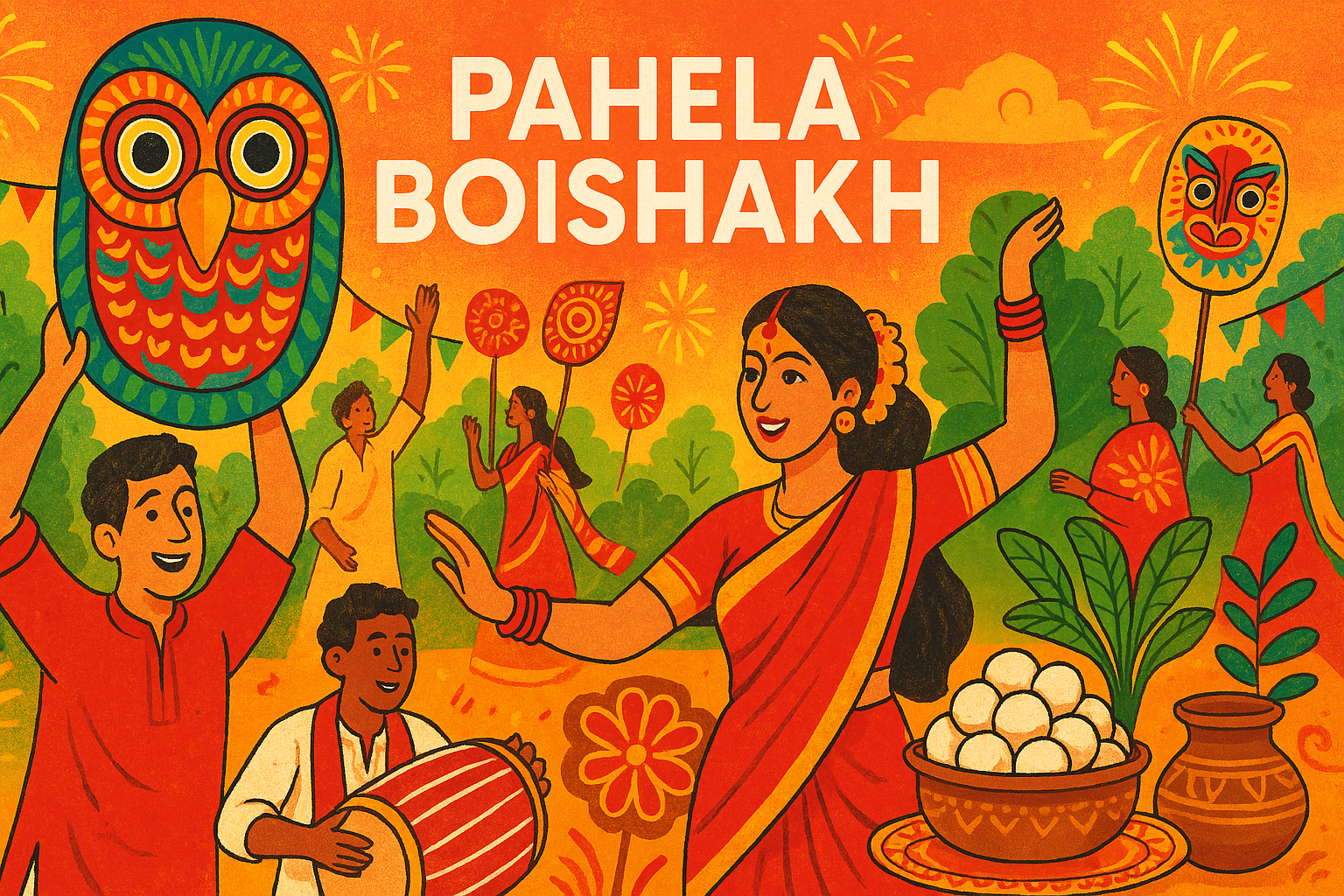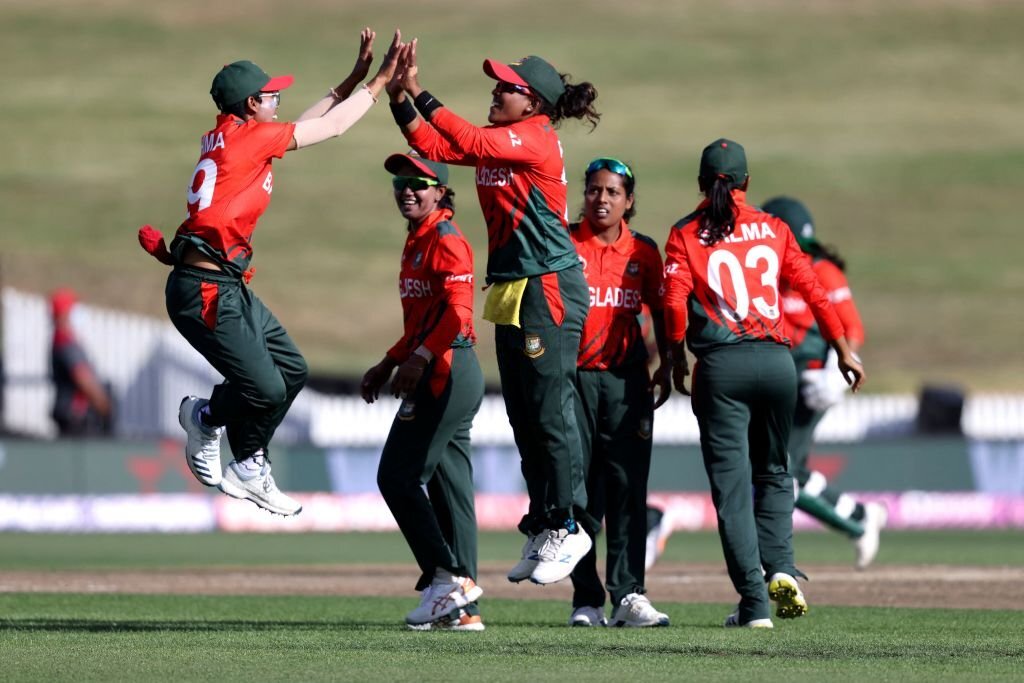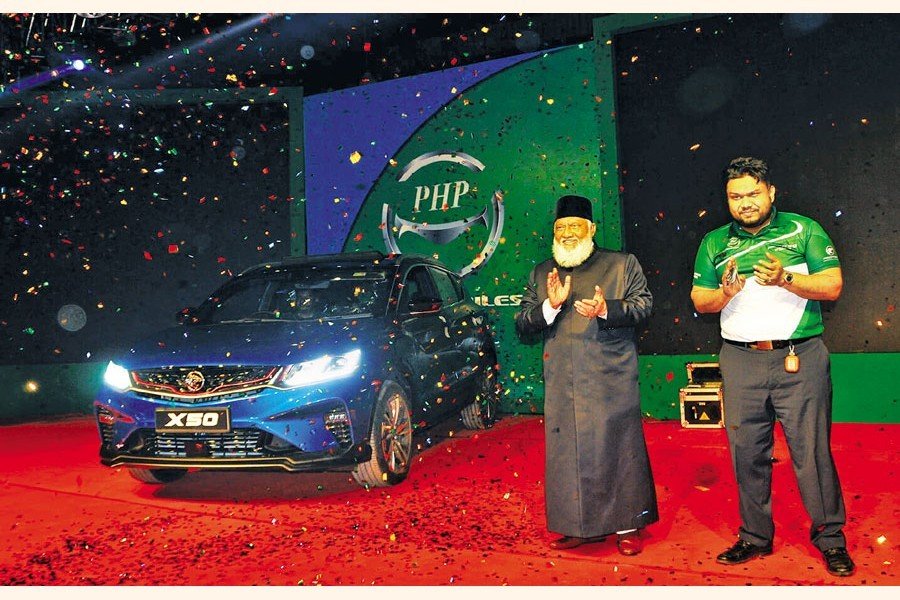10 Surprising Facts About Pahela Boishakh You Probably Didn’t Know
Pahela Boishakh, the Bengali New Year, is celebrated with vibrant colors, cultural performances, and communal festivities across Bangladesh and West Bengal. While many are familiar with its joyous processions and traditional foods, there’s much more to this beloved festival than meets the eye. From its Mughal roots to eco-conscious adaptations, here are 10 fascinating things you probably didn’t know about Pahela Boishakh.
1. Pahela Boishakh Has Mughal Origins
Many people assume Pahela Boishakh is a purely ancient Bengali tradition, but its origins actually date back to Mughal Emperor Akbar’s reign in the 16th century. Akbar introduced a new calendar—the Bangla calendar or Fasli San—to streamline tax collection from Bengali farmers. He merged the Islamic lunar calendar with the solar Hindu calendar to create a harvest-based fiscal year. Over time, this fiscal calendar evolved into a cultural and spiritual festival, now celebrated as Pahela Boishakh.
2. The Red and White Dress Code Has Deeper Roots Than You Think
Wearing red and white on Pahela Boishakh has become a beloved tradition, especially among women donning red-bordered white sarees and men in panjabis. But this color combination isn’t just about aesthetics—it holds symbolic meaning. White represents purity, peace, and a fresh start to the year, while red signifies energy, vitality, and the passion to embrace the future. These colors are also deeply rooted in Bengali folk traditions and rural wedding customs, where they’ve long symbolized good fortune and joy. Over time, this dress code evolved into a cultural identity marker for the day, blending tradition with modern celebration.

3. Mangal Shobhajatra Is a UNESCO-Recognized Cultural Heritage
The colorful procession known as Mangal Shobhajatra, which starts from Dhaka University’s Faculty of Fine Arts, is one of the highlights of Pahela Boishakh. What’s special is that in 2016, UNESCO declared this procession as an Intangible Cultural Heritage of Humanity. The large, handcrafted masks, animal figures, and floats symbolize Bengali identity, resistance against injustice, and hope for a better future.
4. It Was Once a Symbol of Political Protest
In the 1980s, during General Ershad’s military rule, Pahela Boishakh celebrations—especially Mangal Shobhajatra—took on a political tone. The university students used the festival as a peaceful form of protest to demand democracy and civil rights. Over time, this tradition of resistance became embedded in the celebration itself, turning it into not just a new year’s festival, but a symbol of freedom and cultural pride.
5. It Marks a Financial New Year for Businesses
While most people focus on the cultural festivities, Pahela Boishakh also marks a financial reset for many Bangladeshi businesses. On this day, shopkeepers and traders close old account books and open new ones called Haal Khata. Customers are invited to pay off debts and receive sweets and calendars as a token of goodwill. This practice combines tradition with business ethics and continues to be widely followed, especially among small and medium-sized businesses.
6. It Used to Be Celebrated with Fairs and Bull Races
Before the city-centered celebrations became the norm, Pahela Boishakh was primarily a rural festival, marked by local melas (fairs) and bull races in the countryside. Folk musicians performed Baul and Bhatiali songs, and people enjoyed sweets, crafts, and traditional sports. While the rural charm of these festivities is fading in urban areas, many villages still uphold these practices, keeping the original spirit of the festival alive.
7. The Calendar Was Officially Modified in 1966
Although the Bengali calendar had been in use since Akbar’s time, its official reform came much later. In 1966, a committee led by Dr. Muhammad Shahidullah, a renowned linguist and scholar, standardized the Bengali calendar. The goal was to fix inconsistencies and align the calendar with the Gregorian system, especially for state functions. This revised calendar helped establish Pahela Boishakh as the official public holiday we know today in Bangladesh.
8. Traditional Foods Are More Symbolic Than You Think
Everyone loves the classic Pahela Boishakh meal of Panta Ilish (fermented rice and hilsa fish). But did you know the choice of this food carries deeper meaning? Panta represents the hard-working rural population, while Ilish symbolizes prosperity. The humble combination is meant to reflect solidarity with farmers and fishermen, the backbone of Bengali society. However, due to overfishing concerns, the Bangladeshi government often discourages excessive Ilish consumption during this season.
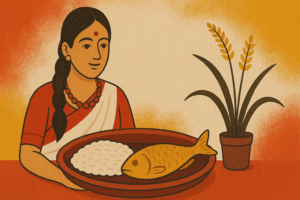
9. It’s Going Green—Literally
In recent years, many communities have adopted eco-friendly Pahela Boishakh celebrations. Schools, cultural organizations, and youth groups are promoting plastic-free events, using recycled materials for decorations, and encouraging participants to wear natural fabrics. The colorful masks and floats of Mangal Shobhajatra are often made from clay, straw, and papier mache, reducing environmental impact. This green twist adds a modern relevance to the age-old festival.
10. It’s Celebrated Worldwide by the Bengali Diaspora
Pahela Boishakh is not just a South Asian affair anymore. Thanks to the global Bengali diaspora, the festival is now celebrated in London, New York, Toronto, Sydney, and many other cities. Cultural groups organize concerts, food festivals, art exhibitions, and children’s events, keeping Bengali heritage alive abroad. In the UK, the Boishakhi Mela in East London is one of the largest Asian festivals outside South Asia, attracting thousands each year.
A New Year, A New Lens
Pahela Boishakh is more than just the Bengali New Year—it’s a celebration of heritage, resilience, unity, and identity. From its Mughal-era roots to its modern-day global presence, the festival continues to evolve while staying true to its essence. Whether you’re dancing to Dhak beats in Dhaka or enjoying Panta Ilish in Toronto, Pahela Boishakh is a reminder that culture, when nurtured and shared, can thrive across borders and generations.
So next time you put on your red and white outfit, join a Mangal Shobhajatra, or taste that first bite of Hilsa, remember the layers of history, symbolism, and collective spirit behind each tradition.
Shubho Noboborsho!
The celebration of Pahela Boishakh is beautifully preceded by Choitro Sankranti, a traditional farewell to the outgoing Bengali year.
